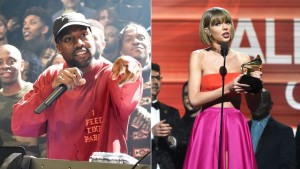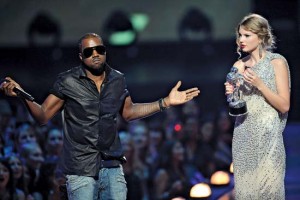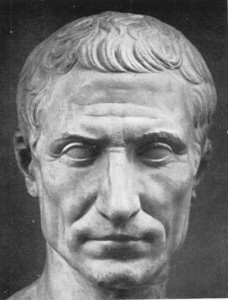Journalism is a very interesting yet dangerous field. Journalists are among the most dedicated people to their profession and they fulfill their responsibilities with complete ambition. Journalists risk their lives daily to leak out information to the public that typical biased news corporations don’t. A prime example of a journalist putting her life on the line is the Lebanese Maronite journalist, May Chidiac. This phenomenal woman hosted a show on the Lebanese broadcasting corporation and she was very loved by the Lebanese population. She has always been the voice of the people in Lebanon, opposing the interference of the Syrian regime and supporting Lebanese freedom. After the Lebanese civil war, Syrian troops were stationed in parts of Lebanon and she was one of the few critics to be against this.
On February 14, 2005, former Lebanese Prime Minister Rafik Hariri was assassinated in a car explosion. His assassination was set up in place after he consistently protested against the Syrian occupation in Lebanon and the widely spread corruption in the Lebanese government. May Chidiac felt very strongly about this topic and on September 25 2005, she voiced her opinion on her show Bikol Jora’a. She exposed underlying secrets that were never confirmed to the public as well as pointed fingers to the assassinators of Rafik Hariri. Later that day, there was an attempt on her life. Her car was parked near a truck loaded with 2,500 grams of TNT, a highly explosive chemical. She lost an arm, and a leg, and had to undergo many reconstructive surgeries to sustain her life. She risked her life for the love of her career and continued to fight. Once she was able to speak out again, she got back to doing her job and got back on the air to speak out to the public. This woman was very determined and ambitious.
Journalists such as May should be honored for their commitment and devotion. She eventually resigned on February 3, 2009 from her show on TV because her disabilities were too much to sustain a consistent show. She still to this day makes appearances on TV, despite her disabilities and the public look forward to her appearances due to her loyalty in journalism and to her country, Lebanon.
To learn more about May Chidiac, follow this link: Courage in Journalism










 lete without ascending this impressive landmark. Standing an impressive 984 feet, The Eiffel tower first began construction on Jan. 28, 1887 under Gustave Eiffel and his company and became open to the public on March 31, 1889. Locals and tourists alike flock to the tower year round so expect to wait one to two hours in line to reach the first of two elevators. One of the best times to get in line would be around 4 p.m. to reach the top in time to witness a beautiful sunset. Did mention champagne is available to purchase at the top level?
lete without ascending this impressive landmark. Standing an impressive 984 feet, The Eiffel tower first began construction on Jan. 28, 1887 under Gustave Eiffel and his company and became open to the public on March 31, 1889. Locals and tourists alike flock to the tower year round so expect to wait one to two hours in line to reach the first of two elevators. One of the best times to get in line would be around 4 p.m. to reach the top in time to witness a beautiful sunset. Did mention champagne is available to purchase at the top level?





